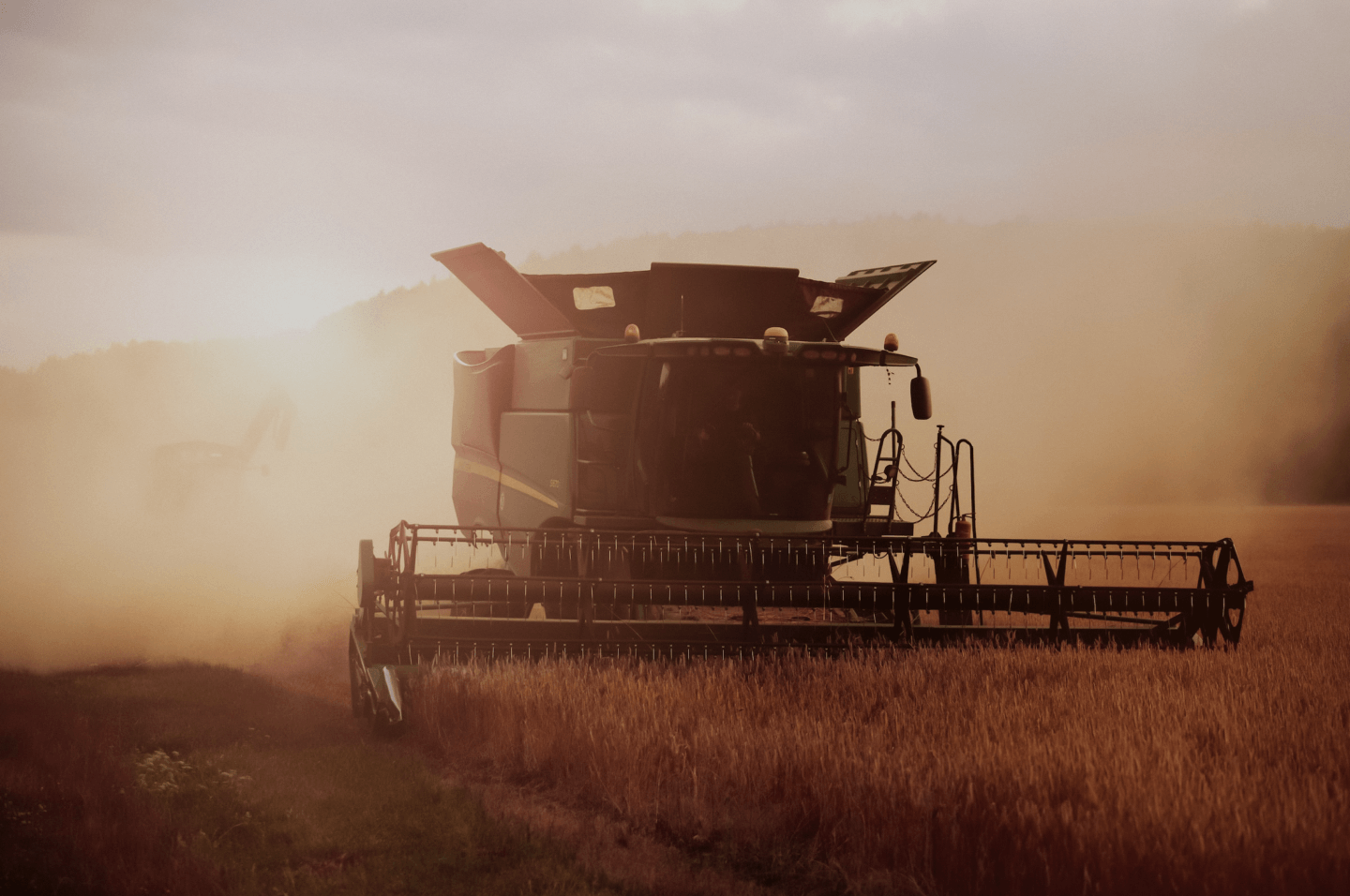
Where's the wheat?
Have you noticed a price bump at your local pub’s menu? Or maybe it’s the loaf of bread that’s making you dig around for coins. It all comes down to the ‘I’ word all over the media. Inflation.
While a number of factors drive this trend, food prices are a significant pain point, and that’s largely due to wheat prices rising 86% between January 2020 and September 2022. Just think: pretty much every delicious carb you treat yourself to on cheat day (or any day, we won’t judge) needs wheat in it. In fact, between January and October 2021, it was the world’s most popular food and accounted for 18.5% of the total human calorie intake.
Between January 2020 and January 2022, wheat prices went up 20% due to heatwaves, droughts and logistic problems that put strain on the global supply. That was bad enough, but things got worse with the Russian invasion of Ukraine – which may be a small country but it accounts for 9% of the world’s wheat supply. As of 9 June 2022, 30% of Ukraine's farmland was either under occupation or temporarily unusable.
So not only is it hard to farm the wheat right now, but it's even harder to get it out due to Russia's blockade of the Black Sea, halting 85% of Ukraine’s wheat shipping capacity. With the war ongoing, building additional rail capacity to replace the Black Sea shipping is proving difficult. This means the majority of Ukraine’s wheat is sat in silos, causing the United Nations to put world wheat inventories at 33% of annual consumption.
That’s what really shot up the price of wheat. The situation is improving, and Russia kept its July wheat shipment deal, allowing prices to decline 14% from their highs. But the war is not over yet and Russia is estimated to have destroyed 2.3m tonnes of wheat and stolen a further 6.2m tonnes out of 58m tonnes of storage capacity. Until the invasion is resolved – and also India removes its May 2022 wheat export ban – prices will likely remain volatile. So don’t expect to spend less dough on bread anytime soon.
.png&w=3840&q=100)
.png&w=3840&q=100)